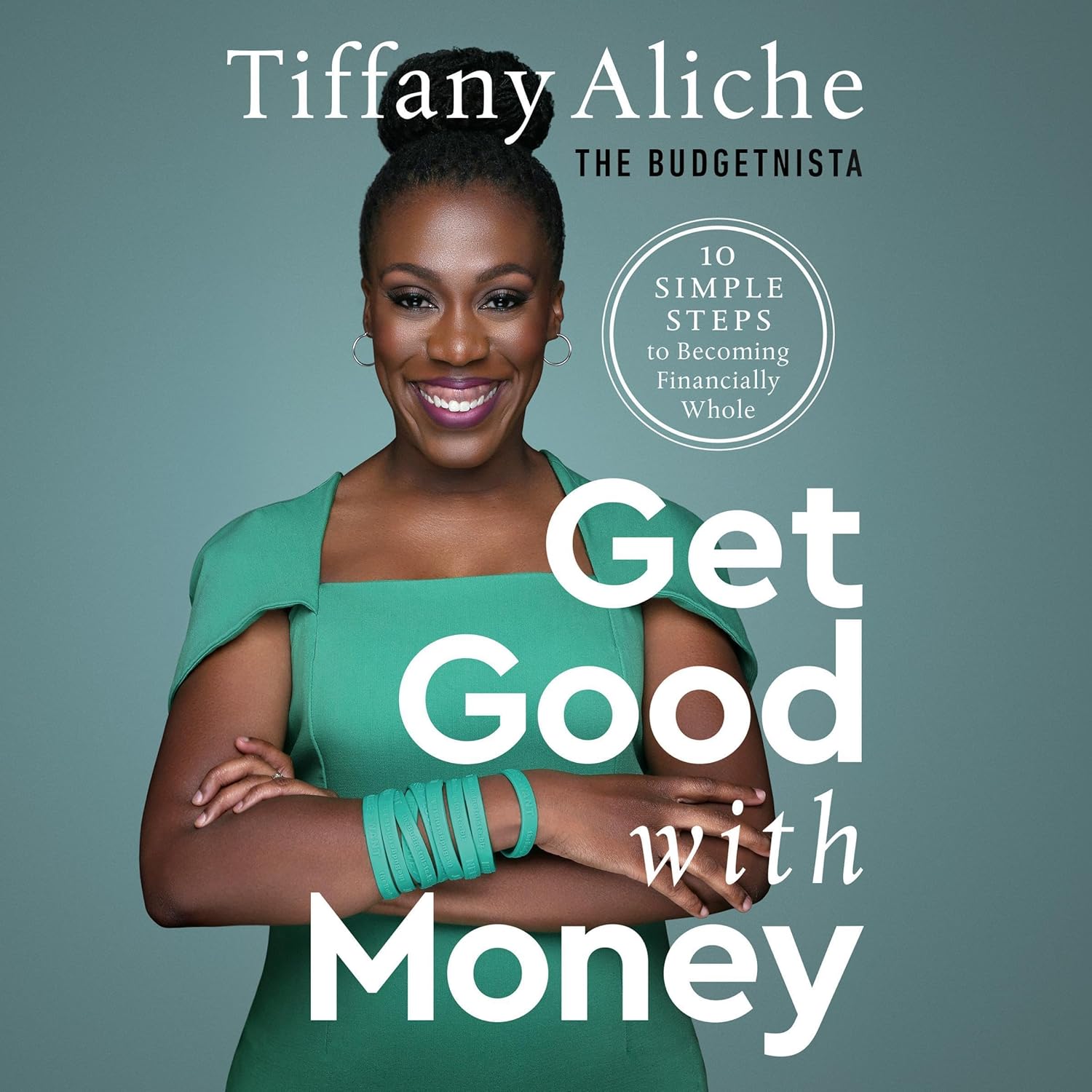I recently finished reading “Get Good with Money” by Tiffany Aliche, and it’s safe to say that my financial outlook has transformed thanks to her insightful approach. As someone who’s always been passionate about personal finance and eager to improve my monetary habits, I was drawn to this book primarily because of its reputation as a practical guide filled with actionable steps. With the complex world of finance often leaving many feeling overwhelmed, I was eager to discover Tiffany’s 10-step plan for achieving peace with money.
From the start, “Get Good with Money” strikes a fine balance between empathy and practical advice. Tiffany’s personal story as a former preschool teacher who faced significant financial challenges, only to rise from them, is both inspiring and relatable. Her journey of resilience, documented in the book, serves as a reminder that we don’t need to be financial experts to find our way to security and peace.
One of the positives I appreciated, echoed in customer reviews, is Tiffany’s engaging and humorous writing style. This book isn’t just about numbers; it’s filled with personal anecdotes that make the lessons come alive. For instance, readers like Kam Michelle highlight its motivational nature and the lasting budget tools it offers, asserting that they still use them years later. I also found Tiffany’s concept of the “noodle budget” refreshingly straightforward; it’s a unique method that allowed me to easily visualize my expenses and make informed adjustments to my spending.
However, not everything about “Get Good with Money” was perfect. Some readers, like Amanda Ponce, noticed moments of redundancy, and I can relate. While the reiterated concepts can help cement understanding for some, I felt that certain sections dragged a bit, making it challenging to maintain focus at times. Additionally, although the practical checklists and worksheets are excellent tools, I found myself wishing for more personalized examples and deeper explorations into specific topics, like investment strategies.
Tiffany addresses critical financial areas, such as emergency savings, credit scores, and what she calls “financial wholeness”—a concept that encapsulates a holistic approach to finance. This philosophy aims to build confidence, which many readers seem to resonate with. Even J Rubin noted this book as a “perfect gift,” showcasing its broad appeal despite any minor drawbacks.
For anyone starting their financial journey or looking to refine their existing practices, “Get Good with Money” is a treasure trove of wisdom. Its focus on empowering individuals, particularly women, to take charge of their finances aligns beautifully with today’s need for financial literacy among all age groups. Tiffany Aliche’s approach, combining relatable stories and solid advice, truly shines throughout the book, making it a practical guide for modern readers.
In conclusion, I wholeheartedly recommend “Get Good with Money.” Its friendly tone, coupled with Tiffany’s vast knowledge, creates an invaluable resource for anyone keen on improving their financial habits. While minor redundancies exist, they do not overshadow the book’s main goal: to instill confidence and practical skills in managing money effectively. So, if you’re ready to take control of your financial future and create a legacy of abundance, this book is a must-read!
Discover practical strategies to achieve financial wellness with Get Good with Money. >>








